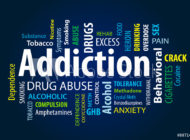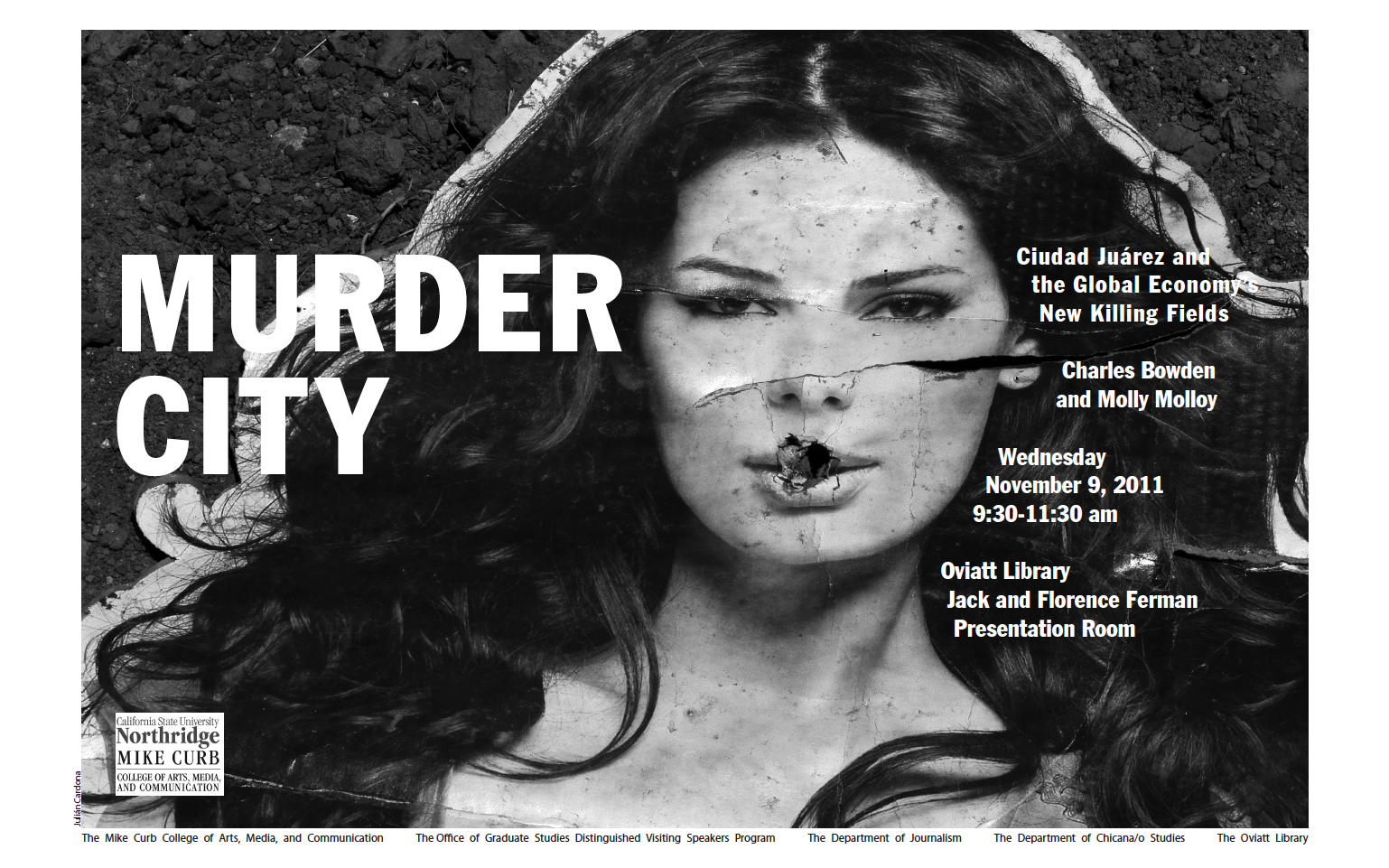Los Angeles’ youth are exposed to surprising amounts of crime and violence at a young age, and the county is attempting to combat it.
By: BECKY MAHAN
EL NUEVO SOL

Many of L.A.'s youth, like 13-year-old Lorenzo, are exposed to violence and crime early in life - particularly interaction with gangs, drugs, and weapons. Photo by Becky Mahan / ENS.
From a kid’s point of view…
Lorenzo Medilla is a regular 13-year-old American boy by most standards. He hangs out with his friends, loves to skateboard on the weekends, and is enrolled in the AVID program at a middle school in the San Fernando Valley. But Lorenzo has grown up in Los Angeles, and has experience with certain situations that not every American kid his age can attest to.
Among his classmates, Lorenzo knows different kids who have been in and out of juvenile hall, been shot and injured by rival gang members, and have been expelled for carrying weapons and drugs at school. And by the time he was 12, he had witnessed an armed robbery and a drive-by shooting first-hand.
“It’s really not that big of a deal,” he says calmly. “It’s normal around here. That’s what happens.”
He knows kids his age who are involved in gangs; and one in particular who has been involved since he was nine years old. When asked how it makes him feel, Lorenzo is shy.
“Not good,” he says with a smile. “But he says if something goes wrong at school that he’ll have my back.”
Lorenzo is not alone in his exposure to crime and violence. Many of his classmates hardly winced when asked about their experiences with drugs, gangs, and weapons, and expressed an almost indifferent attitude toward it all.
According to California’ Legislative Analyst’s Office, the rate of violent crime in Los Angeles decreased 30 percent between 2000 and 2005 – but it is still nowhere near an end. In 2005, roughly 223,000 minors were arrested in California, and 43,343 of them were in Los Angeles County alone.
While the majority of offenses are misdemeanors, 40 percent of them are felonies, with property theft being the highest charge. A close second, however, is homicide, and the third is possession of dangerous weapons – which occurs often on school campuses.
Sarah Barnes, 13, said someone brought a knife to her elementary school and showed it to her in the locker room. “She asked me to put it in my locker but I said no,” she said. “She was reported the next day.”
Ty Salvador, 12, knows a relative who carries a loaded gun on him at all times. “It makes me feel kind of protected,” he admits. “Because if something happens, you know, he has it ready.”
Not everyone shared this false sense of security, however. Another student shared that she saw a dagger one of her classmates had hidden, and was so scared that she called her mom to pick her up from school.
“I was too scared to go to the office,” said the student, who preferred to remain anonymous. “I didn’t want them to know it was me.”
Another common problem is drug use among teens, which occurs even on middle school campuses.
Marnie Perez, 13, said a couple of her friends take drugs in her school’s bathroom at nutrition break. “They offered it to me before,” she said. “But it doesn’t really matter to me, because as long as I’m not doing it, it doesn’t really affect me.”
If discovered, students face expulsion and out-of-school suspension, which can also double with an arrest if the offense is illegal. The Los Angeles Unified School District‘s report card for the 2002-2003 school year showed that over 82,000 LAUSD students were suspended and 617 were expelled.
One of Lorenzo’s best friends was expelled from his middle school, and has been to juvenile detention twice. “I went to see him with my parents and his mom,” he said. “She had to leave halfway because she had a breakdown and started crying.”
An adult’s perspective
Kris Montego has been teaching middle-school math and AVID in the San Fernando Valley for three years, and grew up in Los Angeles as well. She thinks that the situation in which today’s kids find themselves is worse than what she experienced growing up in the same area, and a huge part she attributes to the floundering economy, especially in California.
“The world they live in is very different than the world I grew up in,” she said. “I think that with so many out of work, it is having a direct impact on the increase in drug use they are seeing because people are turning to drugs to escape the problems of life.”
Furthermore, Kris feels that the current outreach programs set in place to help combat the prevalence of teen crime are “outdated and ineffective.”
“Unfortunately, Hollywood and the music industries glamorize drug use so the current programs have no effect on students,” she said. “I have seen parents just ignore the situation hoping that it will go away because they are in the dark about what to do. If there were more outreach facilities to help these students I think the problems could be handled better.”
Combating the problem
According to the Los Angeles Police Department, 80 percent of violent crimes in Los Angeles are committed by youths age 14 through 24, and “most crime victims” are within the same age bracket. They also speculate that by the year 2020, the crime-prone age group will increase by 40 percent.
Because of these alarming statistics, Los Angeles has implemented various programs to help combat youth violence. In addition to D.A.R.E., which headquarters in Inglewood, the county launched its own inner-city park program in 2008, called Summer Night Lights (SNL).
Implemented in 24 various sites around the county, the program offers fun, wholesome activities, mentoring, counseling and free food until midnight. This past summer alone, over 710,000 residents visited the parks, an increase of over 200 percent from last year.
The program has been hailed a success: violent and gang-related crime has fallen 40 percent in the areas surrounding the program sites, with a 57 percent drop in gang-related homicide, and 45 percent decrease in shot victims.
As for drugs, Kris feels that a wider variety of outreach programs and after-school activities would help “diminish” the temptation to experiment with them, while rehabilitation centers should be more available for those who have already tampered with them.
“I know what path these students are headed down, and it’s not good,” she said. “The only way we can help these students is to address the issue head on, not pretend like it’s not happening in our own backyards.”
Juliet Zitro, 12, agrees that ignorance is an underlying issue.
“It’s sad because the parents don’t know anything,” she said. “I can imagine when they get to know, they’ll feel sad because…they think their kids are doing good things in school, when they’re doing anything else.”
Despite these strides in crime reduction and slashes in numbers, the issue of youth and crime is still a prevalent one, even for kids who aren’t directly involved in it. As with Lorenzo and his classmates, desensitization can set in and make kids indifferent to the severity of certain crimes and situations.
“Drugs, drinking, raves…they just happen,” said Katy Herald, 12. “So many people are in gangs or know people in gangs, it’s not that big of a deal. I mean, it’s [Los Angeles].”
Perhaps programs like Summer Night Lights will continue to make progress toward a safer community, and perhaps one day the gang-ruled and crime-ridden Los Angeles will become a face of the past. Until then, the city’s kids will grow up indifferent to the harsh world in which they find themselves.
“It doesn’t really bother me anymore,” said Lorenzo. “I don’t really feel scared where I live, but I guess anything could happen. You just got to be prepared.”
~
Middle school students speak out about their experiences with crime and violence:
[audio:http://www.elnuevosol.net/wp-content/uploads/J495-audio-stream-2.mp3|titles=Growing Up Too Fast]
For more information on teens and crime, check out these resources:
Teens and Drug Abuse Factsheet
Juvenile Arrests: Misdemeanors
LAPD: Youth Violence Statistics
Los Angeles Crime Report (2007)
Los Angeles Gang Reduction Program
Tags: Becky Mahan drugs expulsion gangs juvenile crime Summer Night Lights youth arrests











